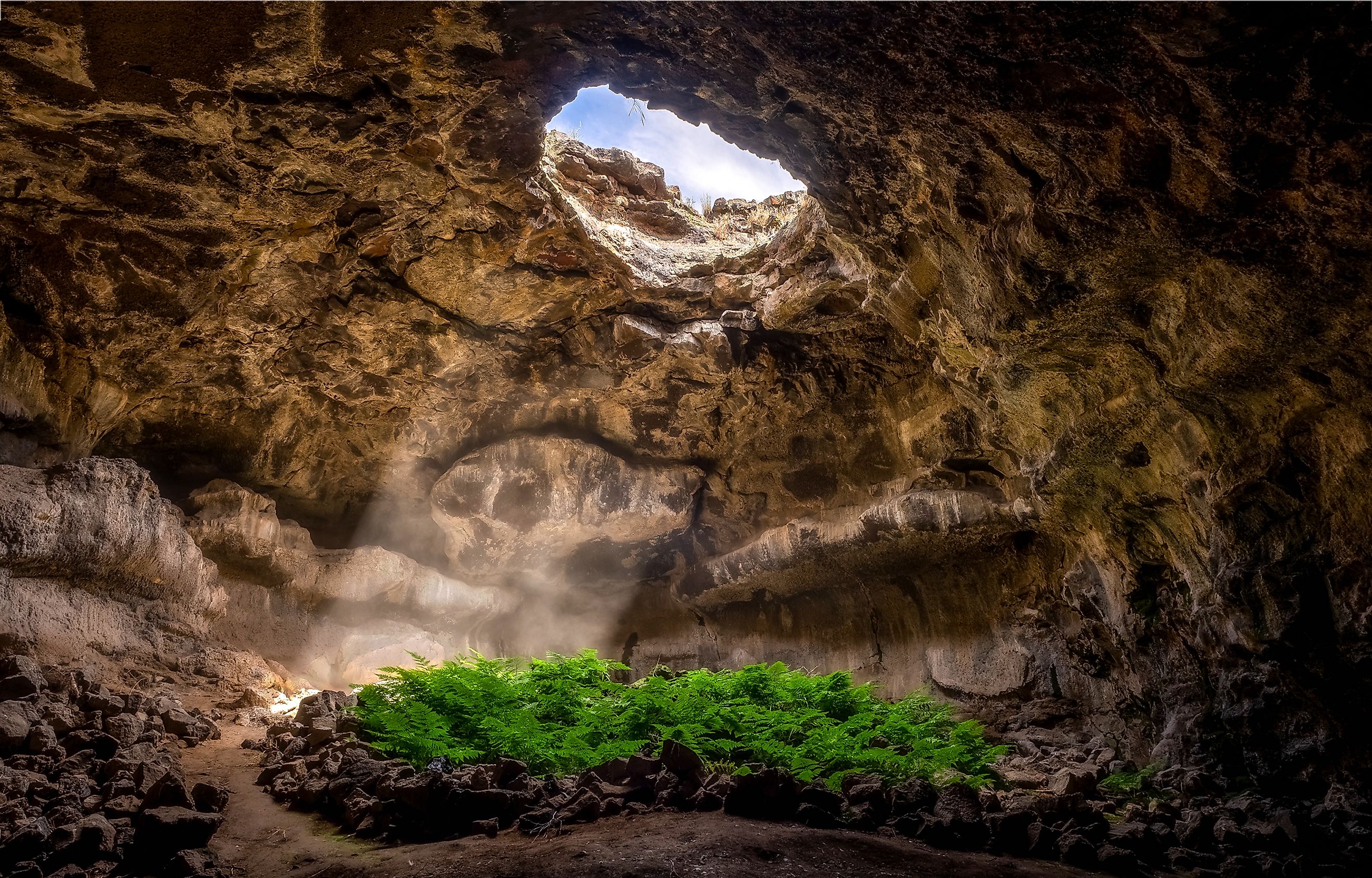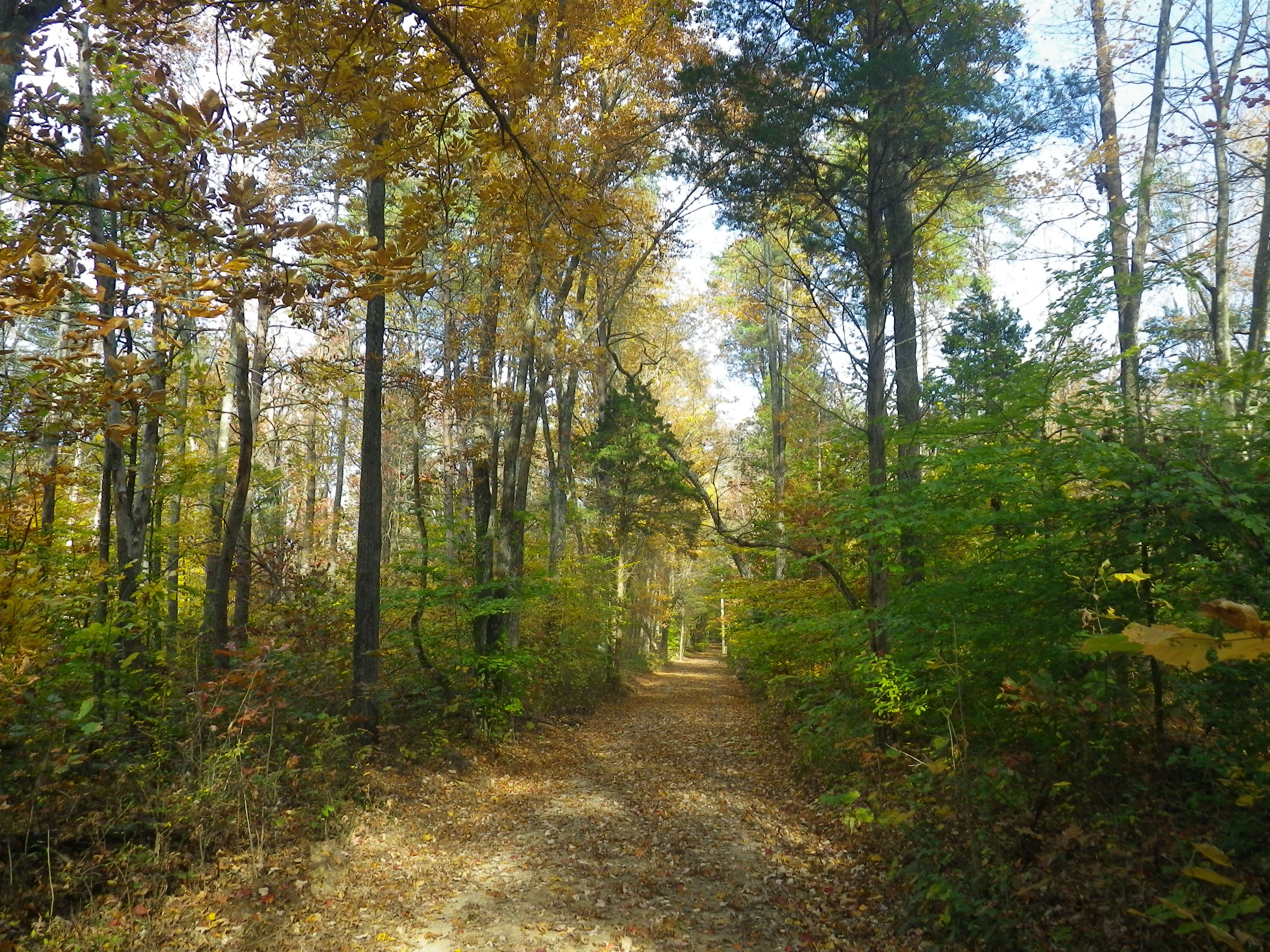
Mammoth Cave National Park

Mammoth Cave National Park Overview
Location: Kentucky
Established: July 1, 1941
Size: 52,830 acres
Annual visitors: Over 2 million
Entrance fee: Free
Distance from Knoxville: 273 miles
Check out this article on 15 Best Experiences In Mammoth Cave National Park
Trees

Mammoth Cave National Park is home to a great diversity of tree species. As you climb over ridges inhabited by drought hardy trees like cedars and pines and descend into wet valleys full of towering beeches and tulip poplars, you could encounter dozens of different tree species.
While you may encounter many different species of oaks during your time in the park, one of the most abundant species is the white oak. These large trees can grow over 100 feet tall, with stout limbs branching from trunks up to four feet in diameter. The leaves of the white oak are four to eight inches long with a series of rounded lobes.
As the State Tree of Kentucky, the tulip poplar is commonly found within the park. Next, reaching heights near 200 feet tall, these trees made for excellent pipes during the saltpetre mining operations in the early 1800s. You can still see remnants of this old pipe system down inside of Mammoth Cave. On the surface, tulip poplars are easily recognized by their leaves that are nearly square in shape with 4 distinct tips.
Animals

Mammoth Cave National Park is home to a variety of wildlife. Crustaceans, mussels, fish, and other aquatic animals are found in its waters. Additionally, mammals of all kinds, and a huge variety of plants thrive here. These animals live in the lush forests, waterways, and cave systems in the park. This includes over 70 species that are classified as threatened, or endangered. These include the Kentucky cave shrimp and sheepnose mussel.
Park visitors may safely observe animals such as eastern gray squirrels, songbirds, snakes, salamanders, beetles, freshwater fish, and while hiking, biking, or paddling. along the surface trails and waterways. Additionally, both wild turkey and white-tailed deer are common sights along roadways in the park, so make sure to keep an eye out as you drive through.
Meanwhile, hundreds of feet below the Earth’s surface, nearly 160 animal species live as regular inhabitants within the cave system itself. Cave crickets, Allegheny woodrats, and Rafinesque big-eared bats have developed special qualities and senses to survive in dark caves. Some of these animals, like the eyeless cave fish and crayfish, may never experience the light of day.
